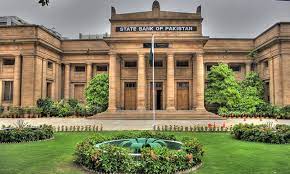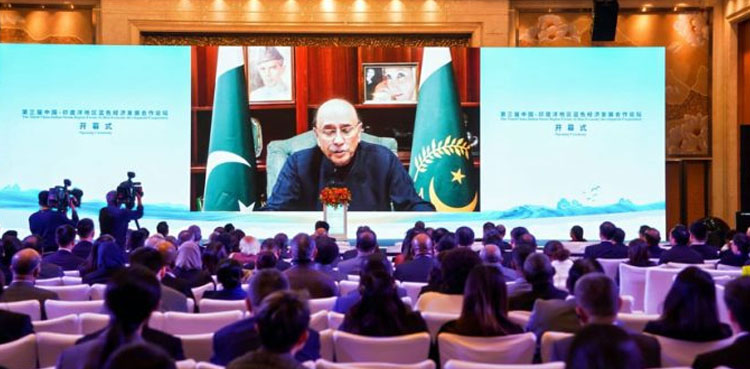PTBP Web Desk
central bank is on the brink of announcing its sixth consecutive interest rate cut this Monday. Analysts widely expect the State Bank of Pakistan (SBP) to lower the key interest rate by at least one percentage point, responding to a significant decline in inflation.
Since June 2024, when rates were at an all-time high of 22%, the SBP has reduced rates by a cumulative 900 basis points (bps), marking one of the most dynamic monetary policy responses among emerging markets. This series of cuts even surpasses the 625 bps reduction during the height of the 2020 COVID-19 crisis, showcasing the urgency to stimulate the economy.
According to a Reuters survey, out of fifteen analysts, the median expectation is for a 100 bps cut, bringing the rate down to 12%. Only one analyst anticipates no change, suggesting the consensus leans heavily towards further easing. Of those expecting a reduction, 11 see a 100 bps drop, while one predicts a 150 bps cut, and two foresee an even larger 200 bps decrease.
Ahmad Mobeen from S&P Global Market Intelligence attributes his forecast for a 150 bps cut to the notably low inflation rate of 4.1% in December, the lowest in over six and a half years. This figure was influenced by a high base effect from the previous year but was also below government projections. Additionally, Mobeen noted the stability in the exchange rate, bolstered by a healthier current account situation, which might encourage the central bank to continue its monetary loosening.
The economic backdrop against which these rate decisions are made includes significant support from the International Monetary Fund (IMF), which approved a $7 billion facility for Pakistan in September. This aid has been pivotal in navigating the country’s challenging recovery path, providing some cushion against external shocks.
Despite the current low inflation, there are cautions about potential inflationary pressures. Saad Hanif from Ismail Iqbal Securities pointed out that inflation might surge again in May as the comparative base effect diminishes. He also highlighted other risk factors like potential increases in energy tariffs, new taxation measures, and adjustments in petroleum levies, which could counteract the benefits of the rate cuts if not managed carefully.
The central bank’s December policy statement had already hinted at a lower inflation trajectory for the year, expecting it to be “substantially below” the previous forecast. This statement, combined with the latest economic indicators, seems to have set the stage for the expected rate cut. However, the SBP’s decisions will need to balance between fostering economic growth and managing inflation expectations.




